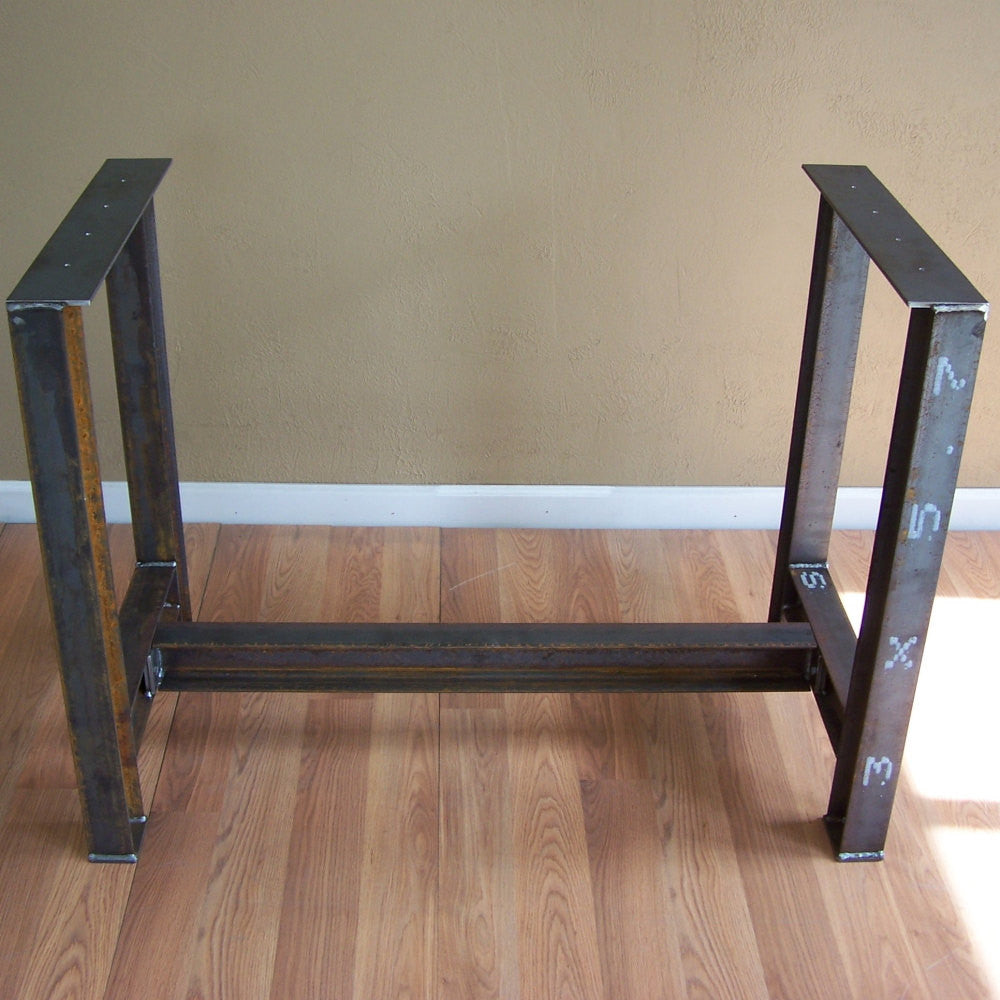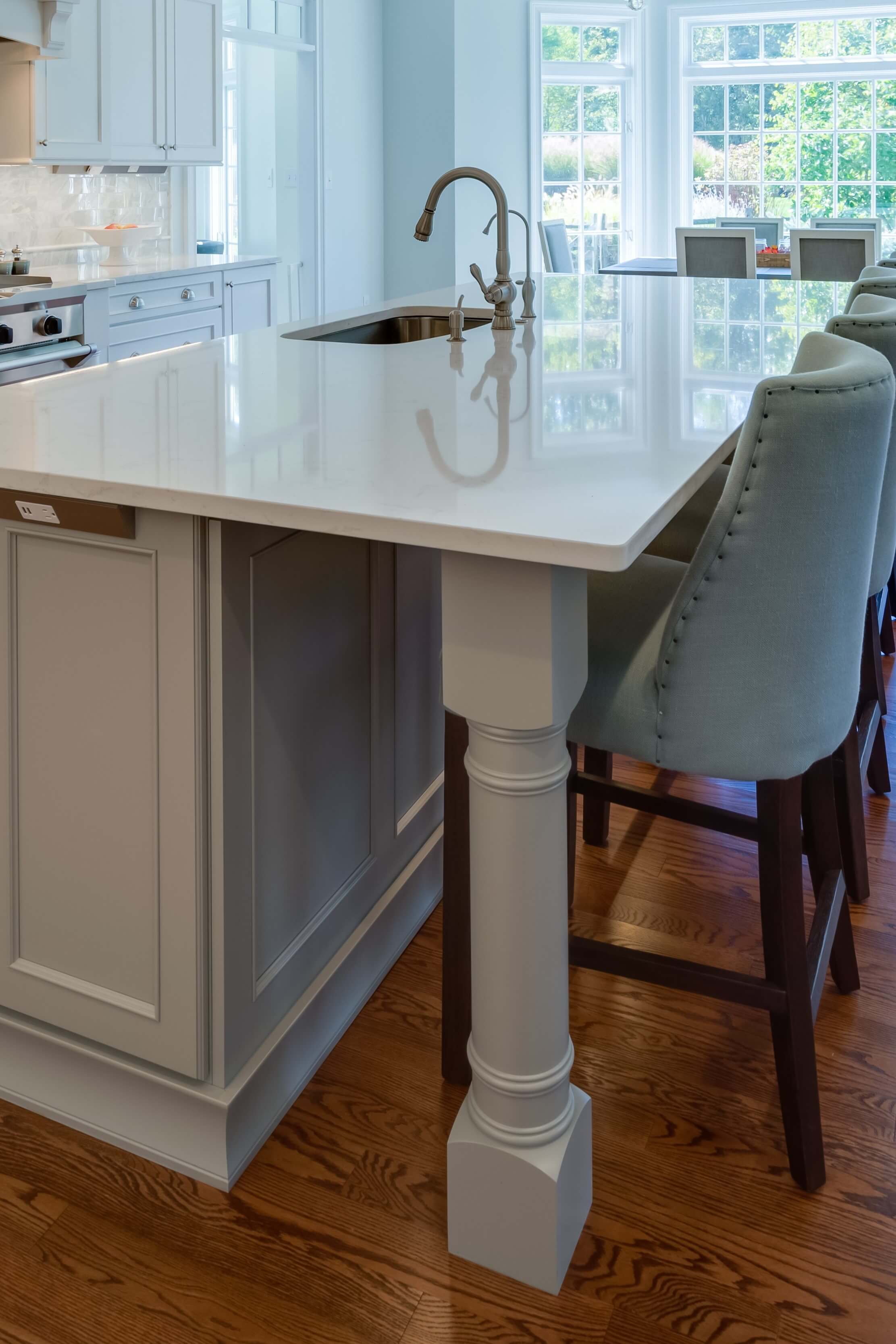Explore Timeless Options in Classic Legs For Kitchen Island Styles
Explore Timeless Options in Classic Legs For Kitchen Island Styles
Blog Article
A Guide to Picking the Perfect Legs For Kitchen Area Island for Your Home
Selecting the optimal legs for your cooking area island is a nuanced decision that impacts both the capability and visual appeal of this central area. Variables such as height, materials, and style play an essential role in balancing your island with the general kitchen area design. Additionally, comprehending the value of stability and upkeep can significantly affect your selection. As you consider these elements, it ends up being obvious that the right legs can transform not only the look of your kitchen yet additionally its use for years ahead. What particular functions should you prioritize in this selection procedure?

Comprehending Kitchen Island Legs
When selecting legs for a cooking area island, it's vital to understand their visual and functional roles in the total design. The legs offer as a critical support system, ensuring security and resilience for the island, which frequently functions as an office, eating location, or collecting spot. For that reason, the option of material and building and construction technique should be durable sufficient to endure daily use and potential wear.
Along with their structural duties, legs contribute considerably to the island's visual charm. They can enhance the kitchen's style, whether with conventional, modern, or diverse layouts. The elevation and percentage of the legs are also vital factors to consider; they have to harmonize with the island's counter top height while guaranteeing comfortable seating for those using the room.
Moreover, the leg design can affect the overall flow of the kitchen. Open, airy leg designs can develop a feeling of agility, while strong, considerable legs may share an extra based and secure aesthetic - Legs For Kitchen Island. Understanding these functional and aesthetic facets will certainly lead homeowners in making informed selections that enhance their cooking area's layout and boost its functionality
Popular Styles and Materials
The selection of legs for a cooking area island includes a selection of popular styles and materials, each offering one-of-a-kind features that can improve both capability and aesthetics. Amongst one of the most popular styles are modern, rustic, and typical. Contemporary legs commonly feature sleek, minimal styles that emphasize simplicity and clean lines, making them ideal for modern-day kitchen areas. Rustic designs, on the various other hand, embrace all-natural components and commonly display recovered timber or troubled surfaces, including warmth and beauty to the area. Standard legs normally show elaborate details and workmanship, improving timeless kitchen area designs.

Elevation and Stability Considerations

Security is one more vital factor to consider. The legs of the kitchen area island ought to provide sufficient support, making sure that the framework can stand up to everyday use without moving or tottering. Product selection plays a significant duty in stability; steel legs, for example, have a tendency to provide better stamina contrasted to wood. Additionally, making certain that the island is safely secured to the floor or wall surface can improve security, particularly for bigger islands that might bear considerable weight.
Matching Your Cooking Area Aesthetic
Selecting the right legs for your kitchen area island goes beyond performance; it likewise plays a considerable duty in the total visual of the room (Legs For Kitchen Island). When picking legs, take into consideration the design style of your kitchen.
Color is another crucial variable. Legs that complement click over here or contrast with your island's surface area and bordering cabinets can develop aesthetic consistency or striking centerpieces. For example, pairing dark wood legs with a light marble counter top can add deepness and passion. Additionally, take into consideration the coating of the legs; matte, glossy, or textured coatings can substantially affect the overall feeling of the kitchen area.
Installment and Maintenance Tips
Setting up kitchen island legs calls for cautious focus to information to make sure both stability and visual charm. Begin by selecting a suitable area index for your island, ensuring it is degree and has adequate space for activity. If you are connecting the legs to a wall surface or making use of braces for added assistance, make use of a stud finder to situate wall studs. Mark the positioning of the legs accurately prior to boring.
When safeguarding the legs, use high-grade screws and, if needed, timber glue for extra toughness. For metal legs, make sure that you are using suitable supports and devices to stop damages to your flooring. It is suggested to examine for levelness after installation, making changes as required to avoid wobbling.
Upkeep is equally crucial for long life - Legs For Kitchen Island. Regularly examine the legs for any indications of wear or loosening, especially in high-traffic locations. Clean the legs with a suitable cleaner, preventing rough products that might scratch the surface. For wooden legs, think about applying a wood conditioner periodically to maintain their surface. By complying with these installation and maintenance suggestions, you can make sure that your kitchen area island legs continue to be both visually enticing and functional.
Final Thought
To conclude, choosing the appropriate legs for a kitchen island demands cautious consideration of elevation, security, and visual compatibility. By choosing ideal products and styles that align with the general kitchen design, functionality can be improved while maintaining aesthetic allure. Appropriate installation and ongoing upkeep additionally contribute to the resilience and longevity of the kitchen island. Ultimately, thoughtful leg selection plays a crucial function in elevating both the practicality and style of the kitchen area space.
When picking legs for a kitchen area island, it's essential to comprehend their aesthetic and useful roles in the general design. Open, ventilated leg designs can create a sense of agility, while solid, significant legs may communicate an extra grounded and secure aesthetic. The legs of the kitchen area island need to offer ample support, ensuring that the structure can stand up to daily usage without changing or tottering.Installing kitchen island legs requires cautious interest to information to guarantee both security and visual allure.In conclusion, selecting the proper legs for a kitchen island necessitates mindful consideration of height, stability, and aesthetic compatibility.
Report this page